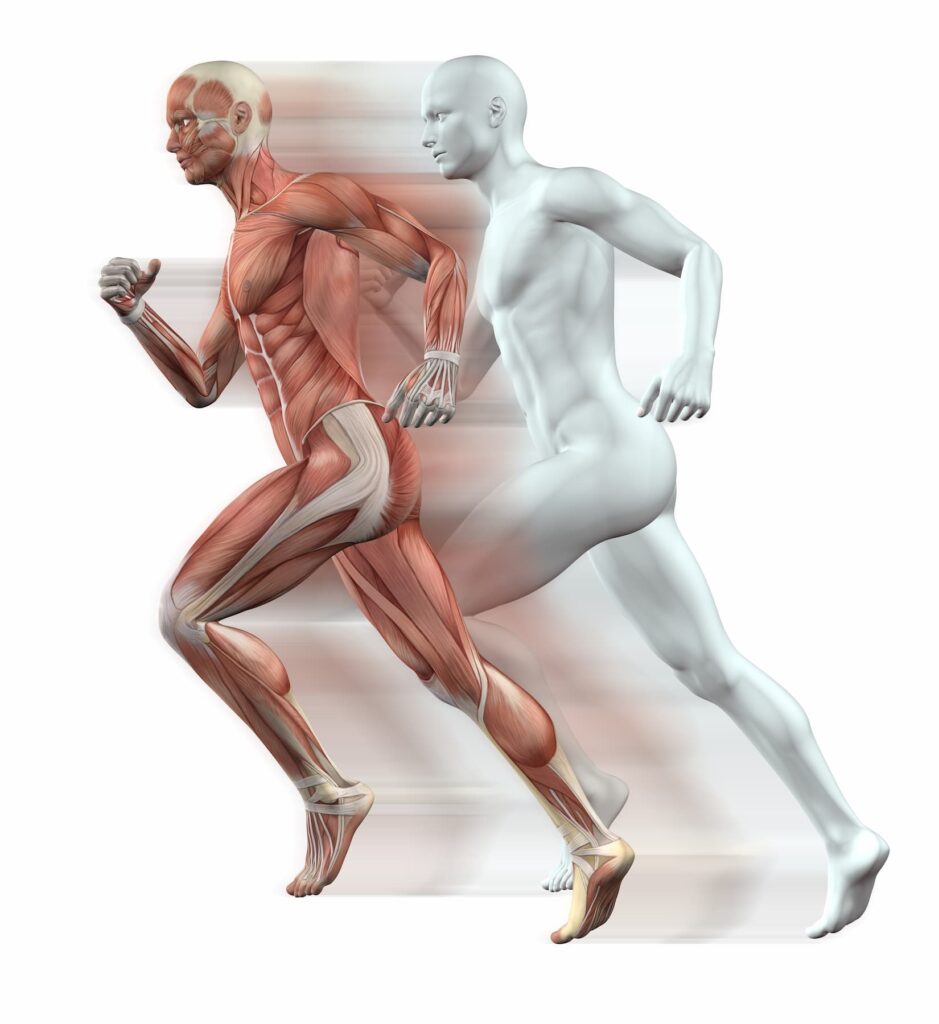Understanding the Muscular System: Your Body’s Powerhouse
The human body is a magnificent machine composed of many intricate systems working together to keep us moving, breathing, and living. Among these systems, the muscular system stands out as one of the most vital and dynamic. It allows us to move, lift, and perform countless daily actions without thinking about it. Let’s delve into the wonders of the muscular system, exploring its structure, function, and importance in simple terms.
What is the Muscular System?

Think of your body as a city bustling with activity. Just like roads and highways facilitate movement in a city, muscles in your body enable movement. The muscular system comprises all the muscles in your body, from those controlling major movements like walking and running to tiny muscles regulating the blink of an eye.
Structure of Muscles
Muscles are bundles of fibers, much like strands of thread woven together to form a rope. These fibers are composed of proteins, primarily actin and myosin, arranged in a way that allows them to contract and relax. Muscles work by contracting (getting shorter) and relaxing (returning to their original length) to produce movement.
Types of Muscles
There are three main types of muscles in the human body:
- Skeletal Muscles: muscles attached to your bones by tendons. They’re responsible for voluntary movements like walking, jumping, and lifting weights. Skeletal muscles work in pairs: when one contracts (shortens), the other relaxes (lengthens) to produce movement.
- Smooth Muscles: Found in the walls of internal organs such as the stomach, intestines, and blood vessels, smooth muscles work involuntarily to perform functions like digestion and regulating blood flow. They’re called “smooth” because they lack the striations (stripes) seen in skeletal muscles.
- Cardiac Muscles: Exclusive to the heart, cardiac muscles contract rhythmically to pump blood throughout the body. They’re striated like skeletal muscles but function involuntarily, ensuring that your heart beats steadily without you having to think about it consciously.
Function of Muscles
The primary function of muscles is to produce movement, but they serve other crucial roles as well:
- Movement: Muscles allow you to perform a wide range of movements, from simple actions like scratching an itch to complex activities like playing sports.
- Posture: Even when you’re sitting or standing still, your muscles are working to maintain posture and balance, preventing you from collapsing like a deflated balloon.
- Heat Production: Muscles generate heat when they contract, helping to regulate your body temperature. Have you ever noticed how you shiver when you’re cold? That’s your muscles generating heat to keep you warm.
- Protection: Muscles cushion and protect delicate organs. For example, the abdominal wall muscles shield the internal organs from injury.
Taking Care of Your Muscles
Like any other part of your body, your muscles need care to stay healthy and strong. Here are some simple tips to keep your muscular system in top shape:
- Stay Active: Regular exercise strengthens your muscles and keeps them flexible. Aim for a mix of cardiovascular exercises (like walking or swimming) and strength training (like lifting weights).
- Eat Well: Your muscles need proper nutrition to function optimally. Include plenty of protein, healthy fats, fruits, and vegetables in your diet.
- Stay Hydrated: Drink plenty of water to keep your muscles hydrated. Dehydration can lead to cramps and muscle fatigue.
- Get Enough Rest: Your muscles need time to recover and repair after exercise. Make sure to get plenty of rest and quality sleep each night.
Image by kjpargeter on Freepik
Conclusion
The muscular system is a marvel of nature, allowing us to perform a myriad of movements and actions every day. Understanding how muscles work and how to care for them is essential for maintaining overall health and well-being. So next time you stretch, lift, or even just smile, remember to thank your muscles for all they do to keep you moving and thriving.


